"Your Dreams Are Yours To Pursue, They Are Beautiful, And You Can't Let Anyone Slow You Down." ~ Sky

"Your dreams are yours to pursue, they are beautiful, and you can't let anyone slow you down." ~ Sky to Vesha Pathway to the Stars: Part 1, Vesha Celeste #scifiauthor #spaceopera #strongfemalelead #sciencefictionbookseries #theoreticalphysics #astronomy #authorofinstagram https://www.instagram.com/p/BuZeAVqAFf3/?utm_source=ig_tumblr_share&igshid=1h6heperzwfc5
More Posts from Matthewjopdyke and Others










This Is Why Hubble Can’t See The Very First Galaxies
“By observing dark, empty patches of sky, it reveals ancient galaxies without nearby interference. When distant galaxy clusters are present, these massive gravitational clumps behave as natural magnifying lenses. The most distant observed galaxies have their light bent, distorted, and amplified along the journey. Hubble discovered the current cosmic record-holder, GN-z11, via lensing. Its light arrives from 407 million years after the Big Bang: 3% of the Universe’s current age.”
No astronomical observatory has revolutionized our view of the Universe quite like NASA’s Hubble Space Telescope. With the various servicing missions and instrument upgrades that have taken place over its lifetime, Hubble has pushed back the cosmic frontier of the first stars and galaxies to limits never before known. Yet there must be galaxies before them; some of the most distant Hubble galaxies have stars in them that push back the time of the first galaxies to just 250 million years after the Big Bang. Yet Hubble is physically incapable of seeing that far. Three factors: cosmic redshift, warm temperatures, and light-blocking gas, prevent us from going much beyond what we’ve already seen. In fact, we’re remarkably lucky to have gotten as distant as we have.
Find out why Hubble can’t see the very first galaxies, and why we need the James Webb space telescope!
Great post! #NASA #solarpower #solarsystem #spaceexploration

NASA sending solar power generator developed at Ben-Gurion U to space station
A new solar power generator prototype developed by Ben-Gurion University of the Negev (BGU) and research teams in the United States, will be deployed on the first 2020 NASA flight launch to the International Space Station.
According to research published in Optics Express, the compact, microconcentrator photovoltaic system could provide unprecedented watt per kilogram of power critical to lowering costs for private space flight.
As the total costs of a launch are decreasing, solar power systems now represent a larger fraction than ever of total system cost. Optical concentration can improve the efficiency and reduce photovoltaic power costs, but has traditionally been too bulky, massive and unreliable for space use.
Together with U.S. colleagues, Prof. (Emer.) Jeffrey Gordon of the BGU Alexandre Yersin Department of Solar Energy and Environmental Physics, Jacob Blaustein Institutes for Desert Research, developed this first-generation prototype (1.7 mm wide) that is slightly thicker than a sheet of paper (.10 mm) and slightly larger than a U.S. quarter.
“These results lay the groundwork for future space microconcentrator photovoltaic systems and establish a realistic path to exceed 350 w/kg specific power at more than 33% power conversion efficiency by scaling down to even smaller microcells,” the researchers say. “These could serve as a drop-in replacement for existing space solar cells at a substantially lower cost.”
A second generation of more efficient solar cells now being fabricated at the U.S. Naval Research Labs is only 0.17 mm per side, 1.0 mm thick and will increase specific power even further. If successful, future arrays will be planned for private space initiatives, as well as space agencies pursuing new missions that require high power for electric propulsion and deep space missions, including to Jupiter and Saturn.
I was curious about a closeup of Saturn's rings... nice!





52 of Cassini’s most beautiful postcards from the outer solar system
The spacecraft completely changed our view of Saturn and her moons
One of NASA’s greatest spacecraft will call it quits on September 15, 2017. The Cassini spacecraft has made countless discoveries during its sojourn to Saturn and its surrounding moons. It has also sent back nearly 400,000 images, many of which are purely spectacular, with surely more to come during the final months of the mission as Cassini explores new territory between Saturn and its rings.
In honor of the brave spacecraft, we spent hours sifting through the deluge of images to highlight some of Cassini’s best views from Saturn.
See all 52 ~ Popular Science
Image credits: NASA
No matter what people tell you, words and ideas can change the world.
http://www.brainyquote.com/quotes/authors/r/robin_williams.html
Nice view of Earth...
Our pale blue dot, planet Earth, is seen in this video captured by NASA astronaut Jack Fischer from his unique vantage point on the International Space Station. From 250 miles above our home planet, this time-lapse imagery takes us over the Pacific Ocean’s moon glint and above the night lights of San Francisco, CA. The thin hue of our atmosphere is visible surrounding our planet with a majestic white layer of clouds sporadically seen underneath.
The International Space Station is currently home to 6 people who are living and working in microgravity. As it orbits our planet at 17,500 miles per hour, the crew onboard is conducting important research that benefits life here on Earth.
Make sure to follow us on Tumblr for your regular dose of space: http://nasa.tumblr.com
Pretty nice representation of Earth on through to the observable universe

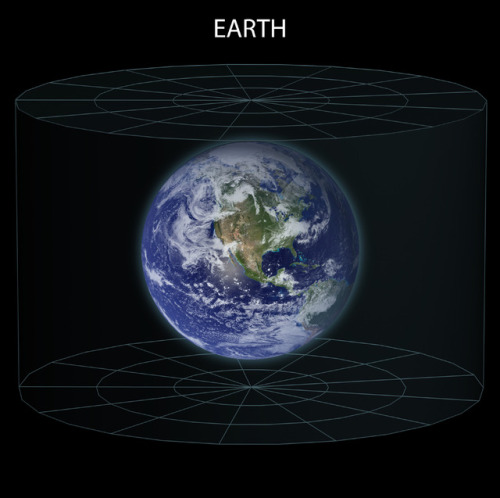
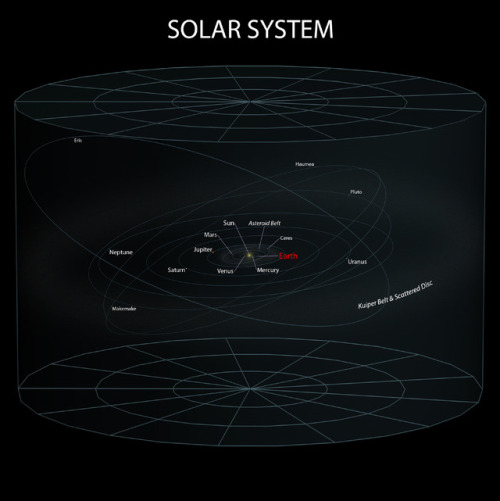
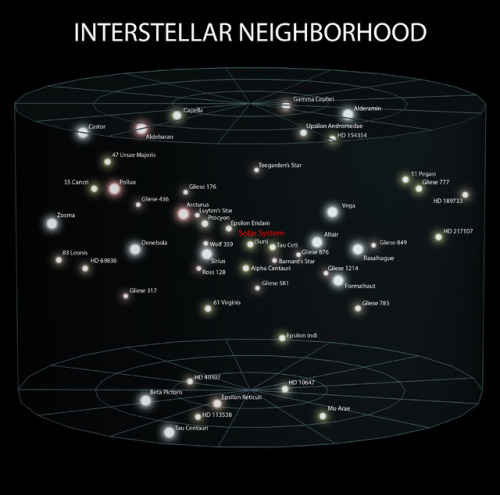
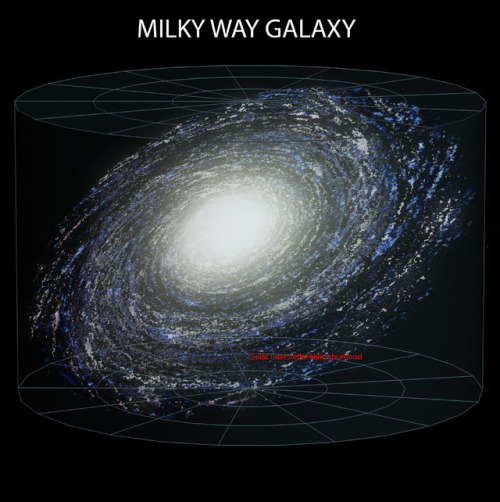
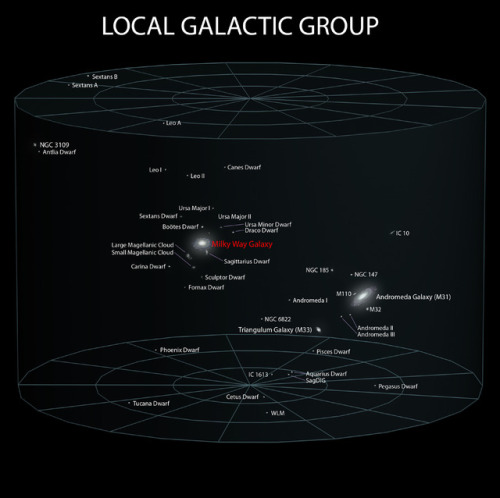
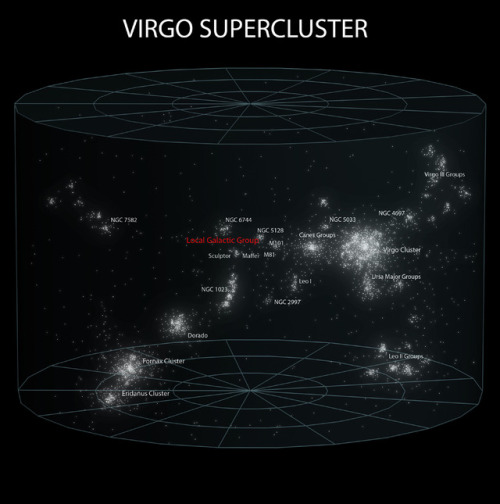
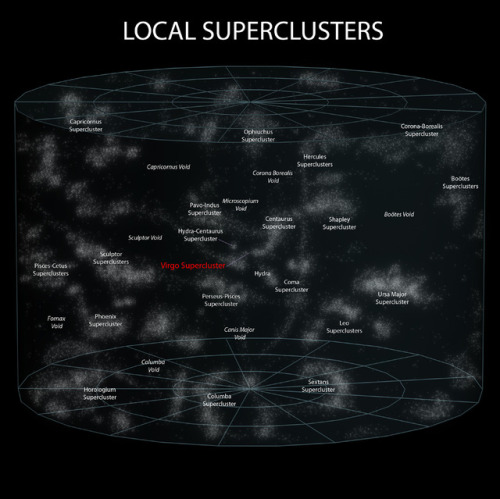
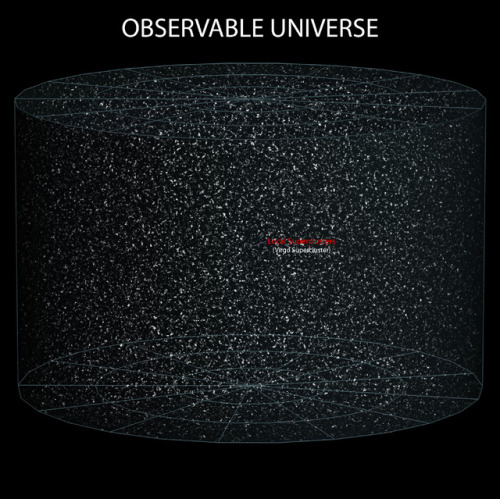
~ wikimedia commons
Pathway to the Stars: Part 11, A New Day
"If we can love ourselves, we can then truly understand what it means to love others and be kind. There is potential that lies within you and everyone else. It is a potential that has always been meant to exist, to bring something greater to this reality of life."
~ Sky Taylor
This story is the eleventh of the Pathway to the Stars space opera series. Sky journeys with Erin Carter and Joanne Gallant, who are now Pathway's president and vice president. On their adventure, she shows them ways to heal the Earth as well as ourselves so we can promote a healthier form of longevity.
To Sky, there is much we can do to prevent future disasters, but sometimes solutions can involve something as simple as a nice walk. In this case, unfortunately, to help Joanne figure out a mystery weighing upon her.
Meanwhile, Eliza Williams and Yesha Alevtina work for the success of the Universal Party with efforts that will affect the United States, the World, and the mission to span the Cosmos!
LCCN: 2019919255
ISBN: 978-1-951321-15-4
eBook: https://smile.amazon.com/dp/B081XNYSL4
Paperback: https://smile.amazon.com/dp/1951321154
#ScienceFiction #Scifi #SpaceOpera #Fantasy #Author #MatthewJOpdyke #EarthFirst #Preservation #ConsiderationForAllLiving #Biology #Neuroscience #Biotechnology #AI #HBCI

I am pleased to announce a NEW RELEASE to my Space Opera series. It is now available on Amazon in eBook and paperback formats! Pathway to the Stars: Part 6, Erin Carter Enjoy Erin’s beginning journey, in the sixth of a multi-story series, called Pathway to the Stars! "We can guide you, we can answer questions whenever you have them, but the greatest learning comes from freedom." ~ Eliza Williams, "Pathway to the Stars: Part 6, Erin Carter" #spaceopera #futurism #scifiauthor #sciencefiction #scififantasy #biotech #nanotech #neurotech #spacetravel #solarsystem #politicalscifi #strongfemalelead #entertain #educate https://www.instagram.com/p/BvXufGTg5Lb/?utm_source=ig_tumblr_share&igshid=i0paozefwqiv
30 years after the detection of SN1987A neutrinos
On February 23, 1987, just before 30 years from today, the neutrinos emitted from the supernova explosion SN1987A in the Large Magellanic Cloud, approximately 160,000 light-years away, reached the earth. Kamiokande, the predecessor detector of Super-Kamiokande, detected the 11 emitted neutrinos. Worldwide, it was the first instance of the detection of the emitted neutrinos from the supernova burst, and it served a big step toward resolving the supernova explosion system. In 2002, Dr. Masatoshi Koshiba, a Special University Professor Emeriuts of the University of Tokyo, was awarded a Nobel Prize in Physics for this achievement.

Before the explosion of supernova SN1987A (right) and after the explosion (left) Anglo-Australian Observatory/David Malin
Kamiokande, the pioneer of neutrino research
Kamiokande detector was a cylindrical water tank (16 m in diameter and height) with 1000 of the world’s largest photomultiplier tubes inside it, and it was laid 1000 m underground in Kamioka-town, Yoshiki-gun, (currently Hida-city) Gifu Prefecture, Japan. (Currently the site of Kamiokande is used for KamLAND experiment.) Kamiokande was devised by Prof. Koshiba who started the observation in 1983. Originally, it was constructed for detecting the proton decay phenomenon, but it was modified for the solar neutirno observation. By the end of 1986, the detector modification was completed and the observation began.

Inside of Kamiokande detector

Overview of Kamiokande detector

Prof. Koshiba working in the tank

Prof. Kajita and Prof. Nakahata (then PhD students) tuning up the data aquision system in the mine
The day of detection of the supernova neutrinos
On February 25, 1987, two days after the observation of supernova SN1987A through naked eyes, a fax was sent from Pennsylvania University to the University of Tokyo to inform them about the supernova explosion. Soon after receiving the fax, Prof. Yoji Totsuka asked the researcher in Kamioka to send the magnetic tapes that recorded the Kamiokande data. (At that time, the information network was not developed, so the data was delivered physically).

The fax sent from Pennsylvania University to inform about the supernova explosion.
On February 27, when the magnetic tapes arrived at the laboratory in Tokyo, Prof. Masayuki Nakahata (currently the spokesperson of Super-Kamiokande experiment), who was then a PhD student immediately started the analysis. On the morning of February 28, while Prof. Nakahata printed out the analysis plot between the detection time and number of photo-sensors that detect the light, Ms. Keiko Hirata, a Master’s student found a peak, obviously different from the noise in the distribution. It was the exact trace to detect the neutrinos from SN1987A. (A two minutes blank period due to a regular system maintenance is recorded in the plot, at a few minutes before the explosion. If the explosion occurred during this period, Kamiokande could not have detected the SN1987A neutrinos.) After a detailed analysis, it was clear that Kamiokande detected 11 neutrinos for 13 seconds after 16:35:35 on February 23, 1987.

THe magnetic tape recorded SN1987A data

The printout of Kamiokande data and the envelope which stores the printout in. “Keep carefully Y.T.” written by Prof. Youji Totsuka.

The printout of the data. Horizontal axis shows time (from right to left and one line as 10 seconds) and the vertical axis shows the number of hit photo-sensors of each event (approximately proportional to the energy of the event). The obvious peak is the signal of neutrinos from SN1987A. The blank period due to the detector maintainance was recorded a few minutes before the signal.
When Prof. Nakahata finished the analysis and reported to Prof. Koshiba on the morning of March 2, Prof. Koshiba instructed him to investigate the entire data for the presence of similar signals. Under a gag rule, researchers analyzed the 43 days data of Kamiokande on March 2 to March 6, and obtained conclusive evidence that the occurrence of the peak was only from the signal of the supernova SN1987A; further, they published these findings as an article. Here are the the signatures of researchers who wrote the article.

The subsequent development of neutrino research
The Kamiokande’s detection of the supernova neutrinos became a trigger to recognize the importance of neutrino research, and the construction of Super-Kamiokande, whose volume is about 20 times larger than that of Kamiokande, was approved. Super-Kamiokande started observation from 1996 and discovered the neutrino oscillation in 1998. In 2015, Prof. Takaaki Kajita was awarded the Nobel Prize in Physics for this achievement. SN1987A made a worldwide breakthrough in neutrino research, including the K2K experiment, T2K experiment and KamLAND experiment.
If a supernova explosion in our galaxy occurs now, Super-Kamiokande will detect approximately 8,000 neutrinos, almost 1000 times greater than those detected 30 years ago. Further, it is expected that the detailed mechanism of supernova explosion will be revealed and we will understand the stars or our universe in depth. In our galaxy, the supernova explosion is expected to occur once in every 30-50 years. It may occur at this very moment. The neutrinos from the supernova will be detected in mere 10 seconds. Super-Kamiokande continues the observation and will not miss any explosion moment.
Source
Nine facts about neutrinos
Images: Kamioka Observatory,
-
 matthewjopdyke reblogged this · 6 years ago
matthewjopdyke reblogged this · 6 years ago

